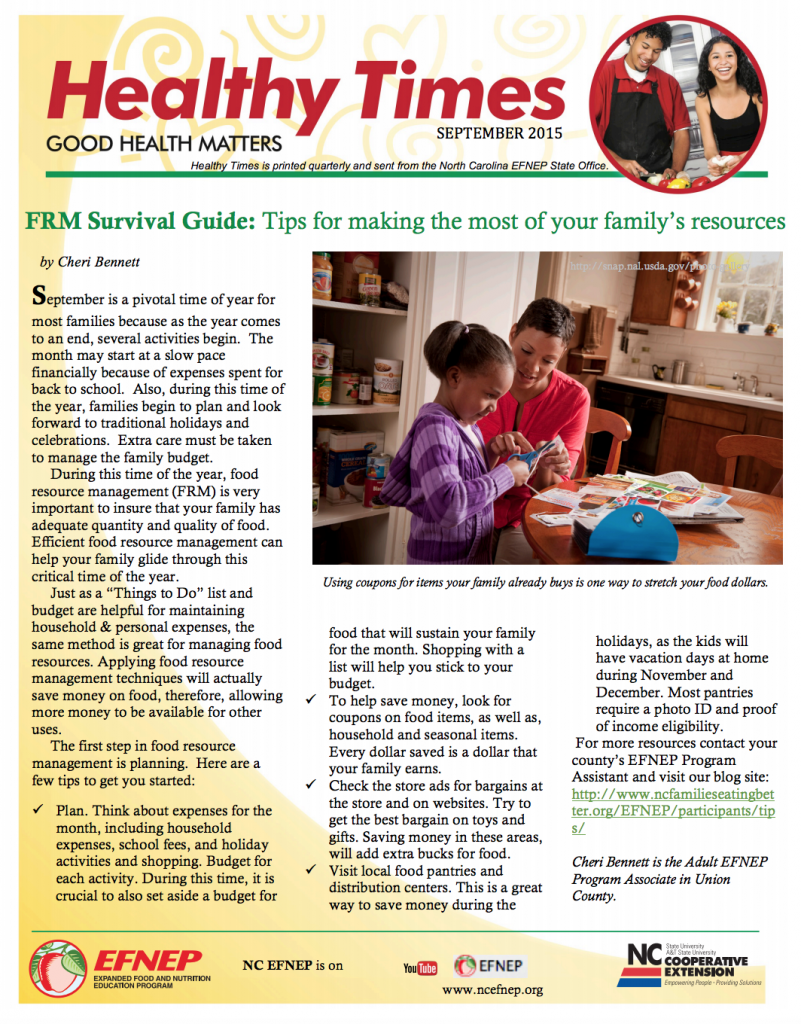Tips to Move More After School
When I came home from school as a kid, I couldn’t wait to watch television before diving into that night’s homework. For me, sitting down, putting my feet up, and watching my favorite show was my favorite way to wind down from a long day at school. But that got boring after I was about an hour in. Encouraging your kids to Move More after school can help them establish exercise habits that stay with them as they grow up. An immediate benefit to them is just having something else to do when they get home from school! Here are some activities to help your kids enjoy their weeknight evenings:
- Take a Family Walk: This is a great way to get the whole family moving while also catching up on each other’s days. Does everyone get home at different times in the afternoon? Schedule the walk for after dinner! I always love a quiet evening walk.

- Simon Says-Exercise Edition: For a more active twist on a classic children’s game, try commands such as “Simon Says do a push-up” or “Simon says do five sit-ups.”
- Sports: If possible, get your kids involved in a school or community sport they enjoy. Some sports and games can be played as a family at home in the yard, such as soccer and freeze tag.
- Use Technology to Move More: Is the weather outside bad? Try finding exercise videos online or on television that children can understand and participate in. Also, there are many game systems now that have games to help you be more active-try one if it’s available to you! I still enjoy playing those games!
For more ideas, check out this website: http://www.nhlbi.nih.gov/health/educational/wecan/get-active/getting-active.htm . I hope you enjoy this time with your children!
Cara
Cara is an EFNEP student intern.
Healthy Times Newsletter, September 2015
Video Resource: Healthy Summer Desserts
Check out our newest video:
Break the fast: Make it quick and with "appeel"
Growing up, I was not a big fan of breakfast. I would skip breakfast, make all kinds of excuses as to why I couldn’t eat breakfast, or grab something like a candy bar. I still am not a big fan of traditional breakfasts, but I know breakfast is the most important meal of the day and my body needs a healthy breakfast in order for me to function and not feel sluggish.
I have learned over the years that I don’t have to eat a traditional breakfast of bacon and eggs in the morning, and I certainly don’t want to spend an hour in front of the stove before I go to work. What I do eat at least two mornings during the week is a simple peanut butter and banana sandwich. I can fix it and eat on the run with it. It is delicious, healthy, and not messy. If you don’t like bananas, you can choose a fruit that you do like. Peanut butter goes great with just about any fruit like apples and pears.
Here is my recipe:
Ingredients
- 1⁄2 banana peeled and sliced
- 2 tablespoons of peanut butter
- 2 slices of whole-wheat or multigrain bread
Instructions
Wash your hands with soap and water, then gather all your ingredients and put them on a clean counter.
 Use a dinner knife to spread most of the peanut butter on one slice of bread and a little bit on the other slice.
Use a dinner knife to spread most of the peanut butter on one slice of bread and a little bit on the other slice.- Arrange the banana slices over the peanut butter on one slice and top with the other slice (peanut butter side down).
- Cut the sandwich in half and serve right away.
This is a delicious, healthy and fast breakfast food. Enjoy!
Susan
Frozen Fruity Treats
- 1 (8‐ounce) container nonfat lemon yogurt
- 2 cups cubed, seedless watermelon
- 1 pint fresh strawberries, tops removed
- 1 medium banana, peeled and sliced
What To Do:
- Place yogurt and fruit in a blender. Cover tightly.
- Blend until smooth. Pour into muffin tin lined with paper cups.
- Freeze until frozen solid, at least 2‐3 hours.
- Remove from freezer, and let sit about 10 minutes. Peel paper cup off each treat and enjoy.
Tip: Add popsicle sticks or coffee stirrers to make it a little easier to eat.  Source: adapted from Cooking with EFNEP cookbook
Source: adapted from Cooking with EFNEP cookbook
